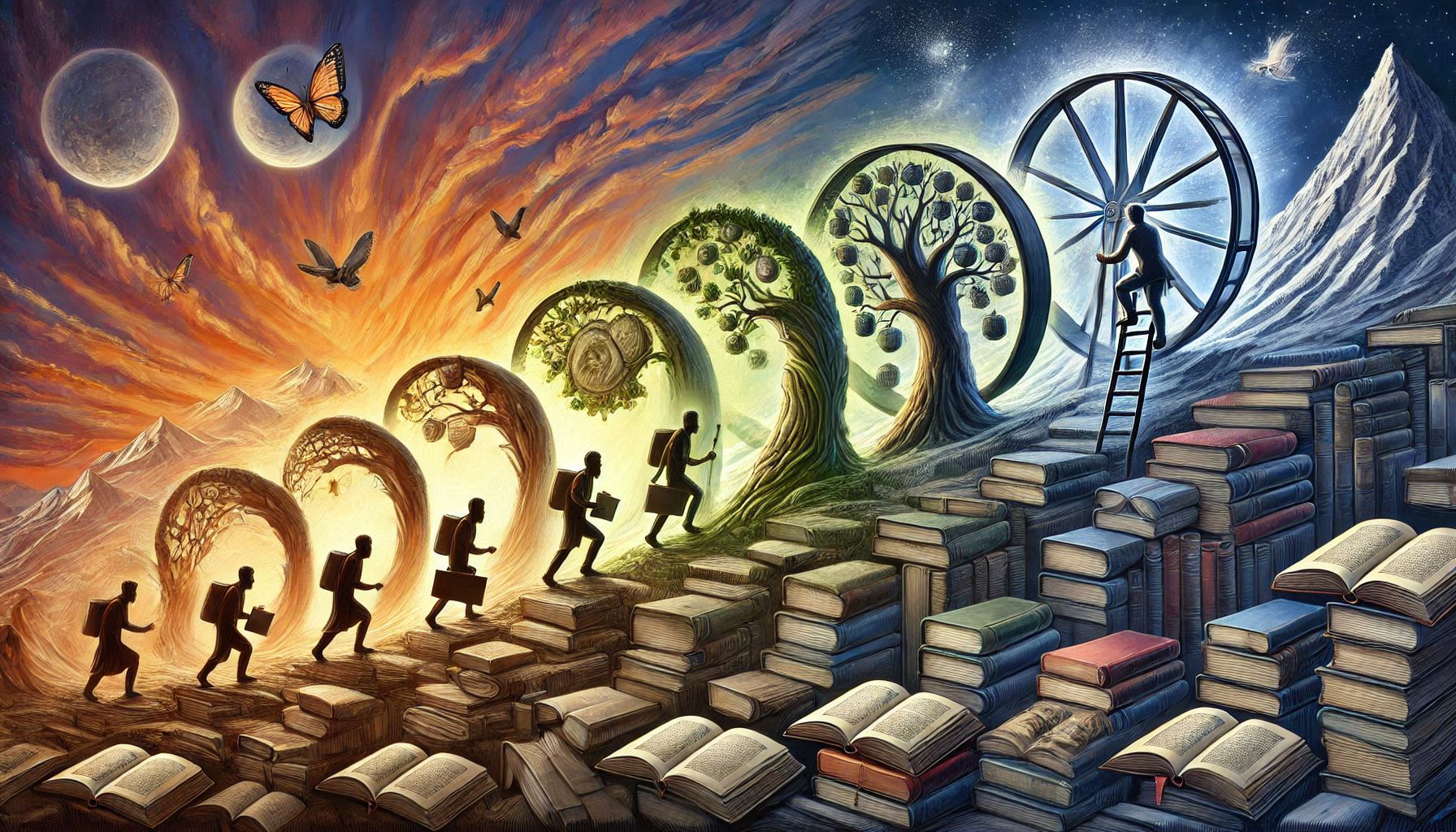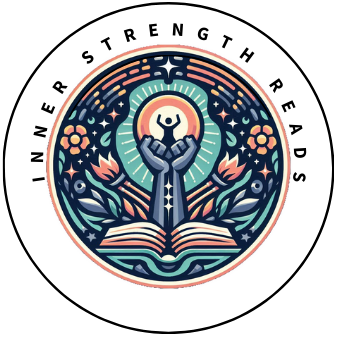
Self-help books have been around way longer than you might think, starting with ancient texts that guided folks through life’s ups and downs. This whole trend got its initial push from influential works before the 20th century. Books like ‘The Art of Living‘ by Epictetus granted wisdom, helping people deal with daily struggles. These early guides laid the groundwork for today’s self-improvement scene, emphasizing timeless principles like emotional intelligence and personal growth.
Fast forward to the 20th century, and Napoleon Hill’s ‘Think and Grow Rich‘ shook things up in a big way. Originally published in 1937, Hill’s work took off by promising prosperity through positive thinking and personal discipline. This wasn’t just a book; it was a movement. Its teachings still resonate with those striving for success in every corner of life. Napoleon Hill‘s work shifted self-help from philosophical musings to actionable steps that anyone might follow.
Then came the 1960s and 70s, introducing a mashup of pop psychology and self-help. Think Dale Carnegie’s ‘How to Win Friends and Influence People.’ These books blurred the lines between science and self-help, making them not just accessible but in vogue. They tapped into a desire for emotional and social understanding right when mass media was making it possible to reach more people than ever before.
The burst in popularity also owes a lot to the media and publishing giants eager to ride the wave. As books like ‘I’m OK – You’re OK‘ by Thomas Harris hit shelves, a partnership with TV shows, magazine articles, and radio programs helped foster even more interest. Self-help became part of everyday conversation, shaping cultural shifts and inspiring millions to pick up a book in search of change.
Contemporary Landscape and Future Trends
These days, self-help books are all about practicality. Readers aren’t just looking for lofty ideals; they want tangible advice they can apply today. Titles like ‘Atomic Habits‘ by James Clear focus on real-world habits and give you tools to make immediate improvements. Modern self-help is about making life a bit easier, less stressful, and bit by bit, better.
With the rise of e-books and online courses, accessing self-help literature has never been easier. Gone are the days of poring over dusty tomes. Now, advice is just a click away. Platforms like Audible and Kindle transform the commute, workout, or downtime into opportunities for growth, letting you learn at your own pace.
Lately, there’s this intersection between wellness and personal development. People want a holistic approach, where mental health is as big a part of the conversation as career success or financial growth. Authors tackle everything from anxiety management to mindfulness, merging mental and emotional wellness with self-help principles.
Diversity is finally stepping into the spotlight within self-help. Books like ‘The Year of Yes‘ by Shonda Rhimes and ‘The Subtle Art of Not Giving a F*ck‘ by Mark Manson show how varied experiences and voices are becoming a central theme. It’s clear that self-help is moving towards inclusivity, aiming to touch lives across different backgrounds, cultures, and genders. This evolution means everyone might find something relatable and beneficial in today’s offerings.
